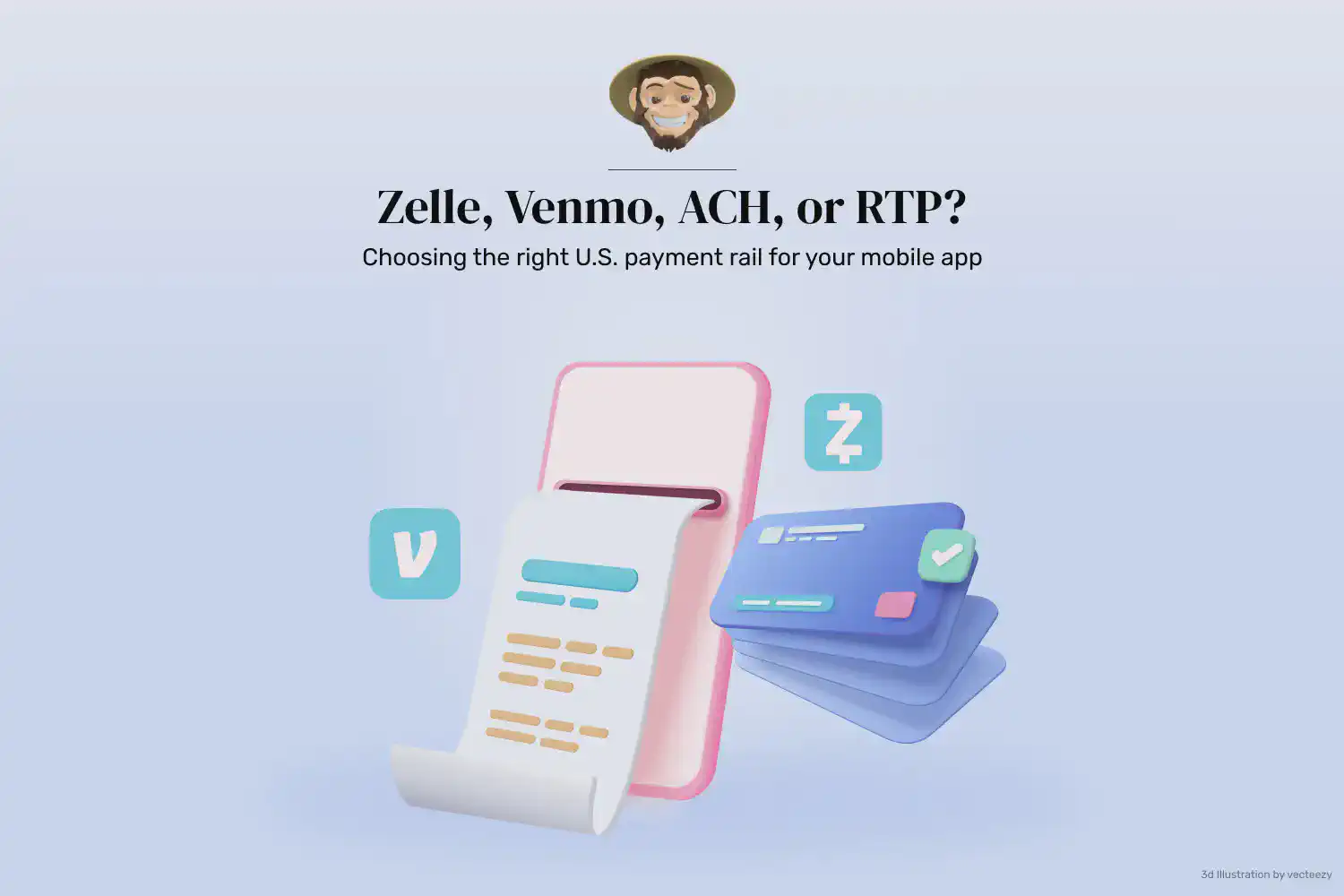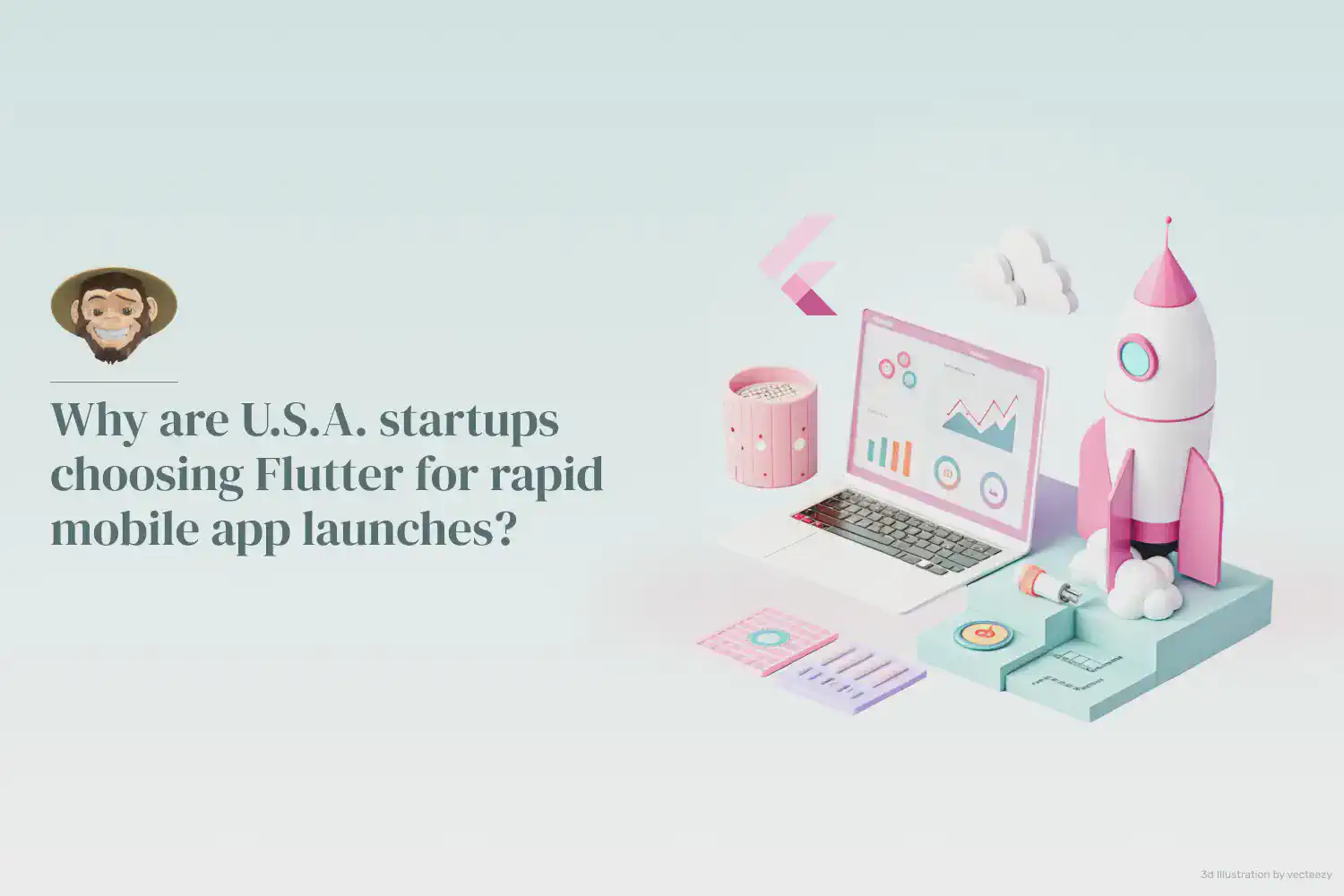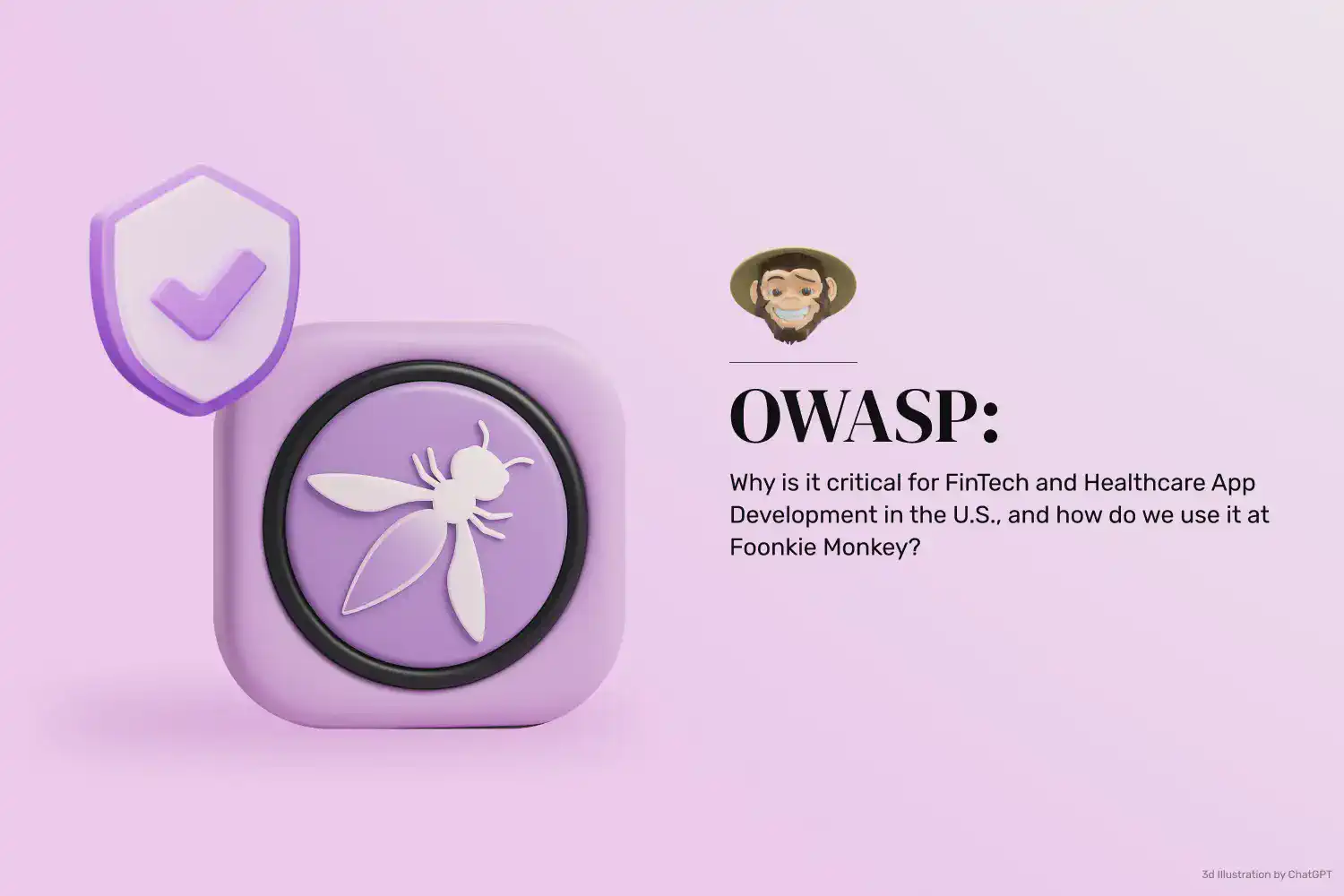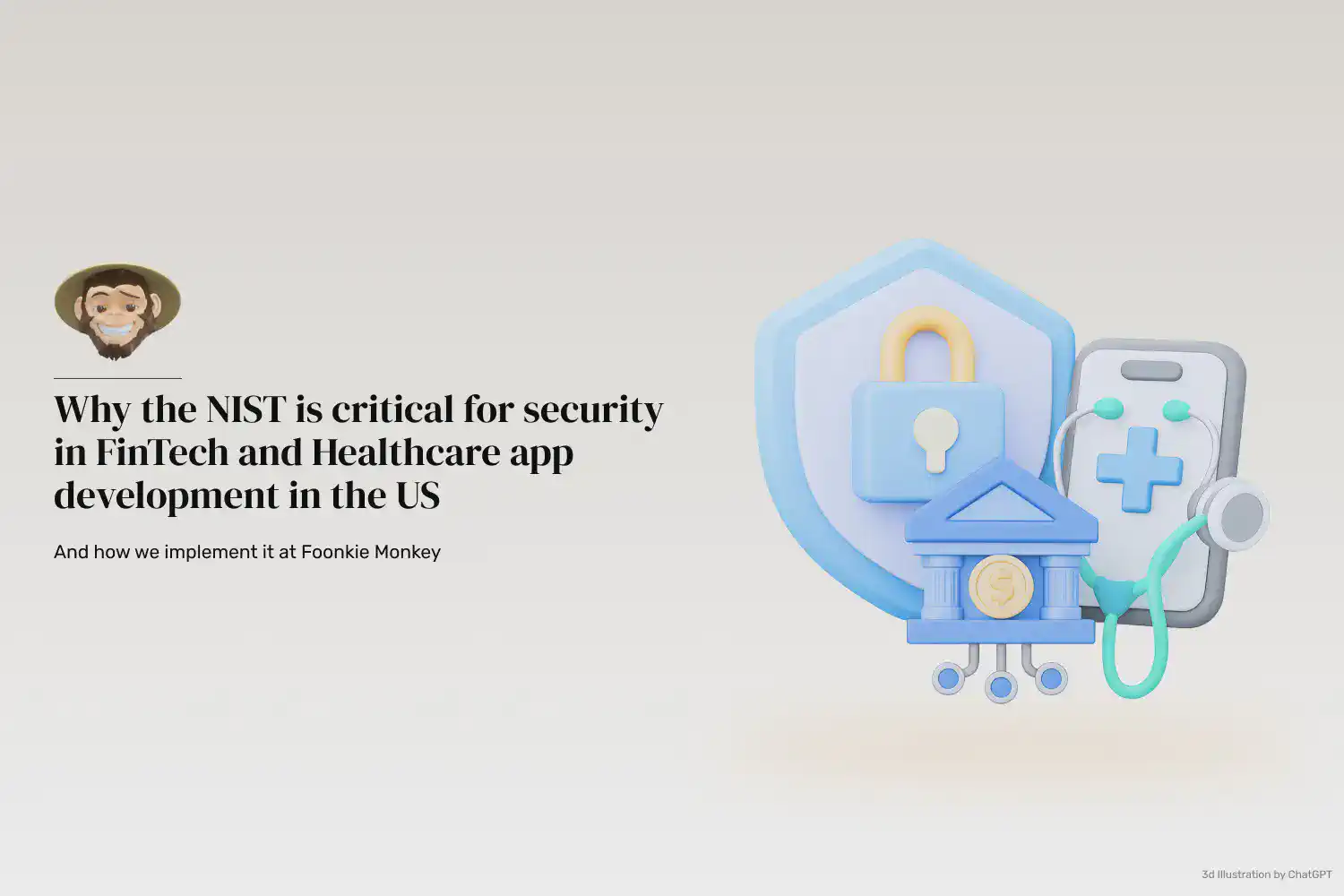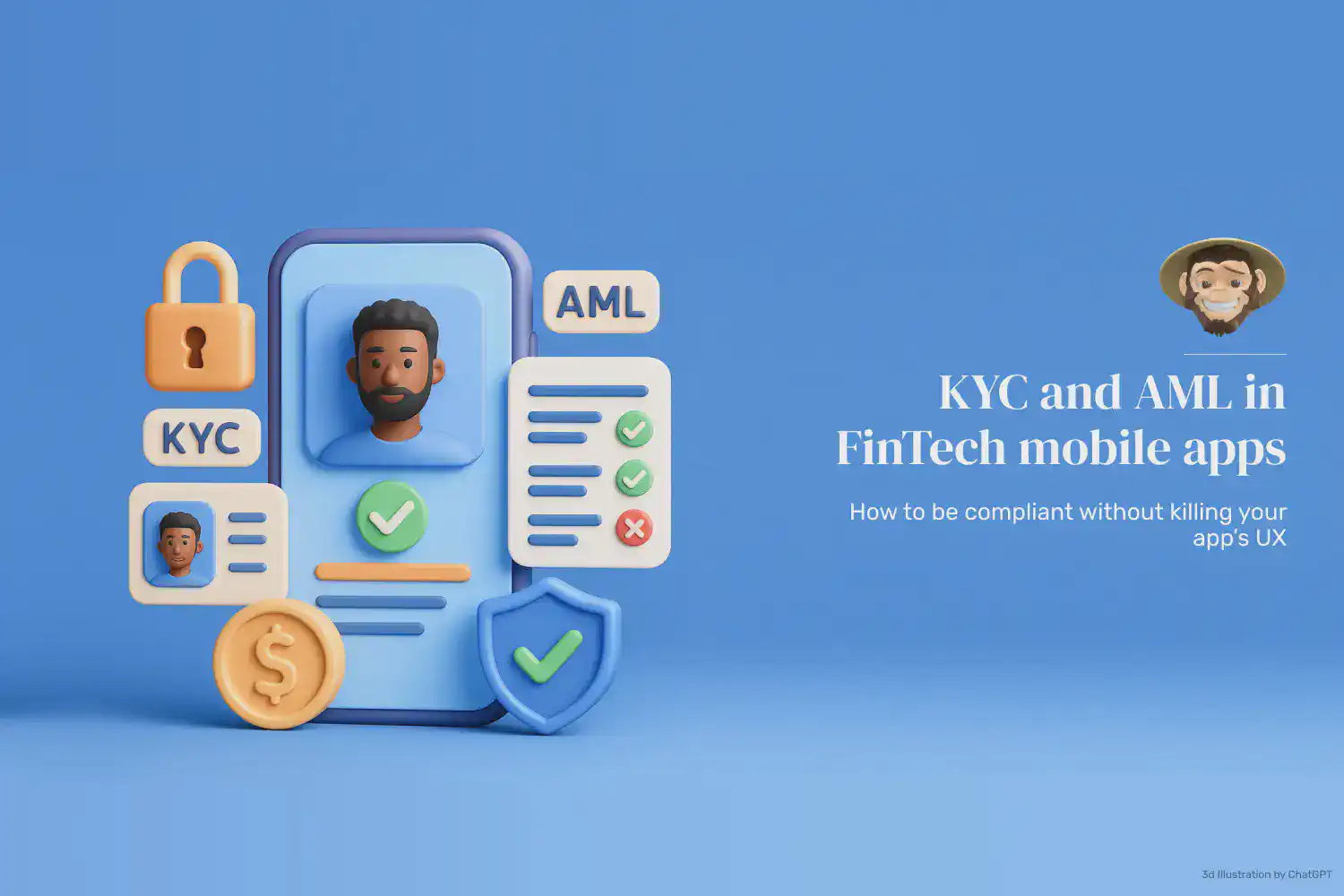In the U.S.A.’s tightly regulated digital ecosystem, launching a mobile application means that security is not just a technical requirement, but the very backbone of user trust, regulatory compliance, and sustainable business growth.
When developing and launching mobile and web applications in the modern U.S.A. digital environment, especially for highly regulated industries like FinTech and Healthcare, app developers, startups, and stakeholders must inevitably turn their focus to the security of their technology-based products. While security was once merely an added feature, it is now a legal obligation and a critical foundation for user trust, application success, and business longevity. In the United States, where compliance standards such as HIPAA, PCI DSS, KYC/AML, and SOC 2 dominate the regulatory landscape, failing to prioritize security can result in data breaches, regulatory fines, app store removals, and permanent reputational damage to your product and your company.
At Foonkie Monkey, our developer samurai build digital products that are secure by design. A significant part of that approach to app security is aligning our development practices with the OWASP (Open Web Application Security Project). This globally respected, open-source framework provides practical and actionable guidance for identifying and mitigating the most critical security threats in mobile apps and software. In this article, we examine why OWASP’s methodologies provide a practical blueprint for achieving compliance for our U.S.-based FinTech and Healthcare clients. We will outline how we utilize them to protect sensitive data and instill confidence in one of the world’s most regulated digital markets.
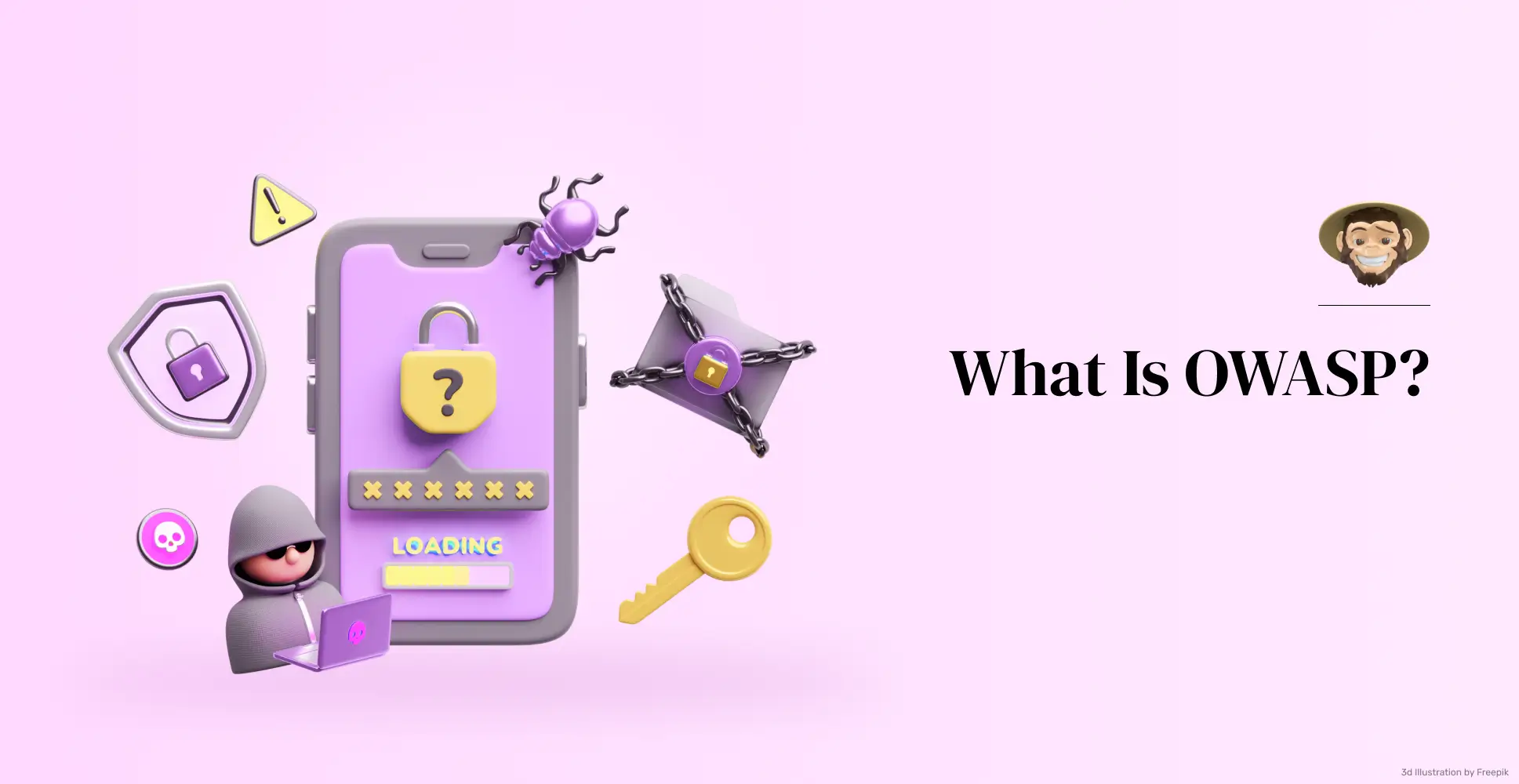
What Is OWASP?
The Open Worldwide Application Security Project, or OWASP, is a global nonprofit foundation focused on improving the security of mobile, web, and software applications. It plays a pivotal role in setting the standards for secure app development worldwide, but it is particularly relevant for companies and developers in the United States. OWASP operates as an open community where resources, documentation, tools, and guidelines are readily available to everyone at no cost.
For U.S.-based FinTech and Healthcare companies, OWASP’s relevance goes far beyond awareness. At the heart of its many contributions is the OWASP Top 10, a regularly updated list of the most common and severe security vulnerabilities that affect web and mobile applications. These include injection attack, broken authentication and session management, sensitive data exposure (especially around financial or health information), insecure deserialization, cross-site scripting (XSS), and security misconfigurations. OWASP’s frameworks not only help development teams meet strict regulatory requirements but also ensure the security of financial data and protected health information, providing a sense of security and compliance.
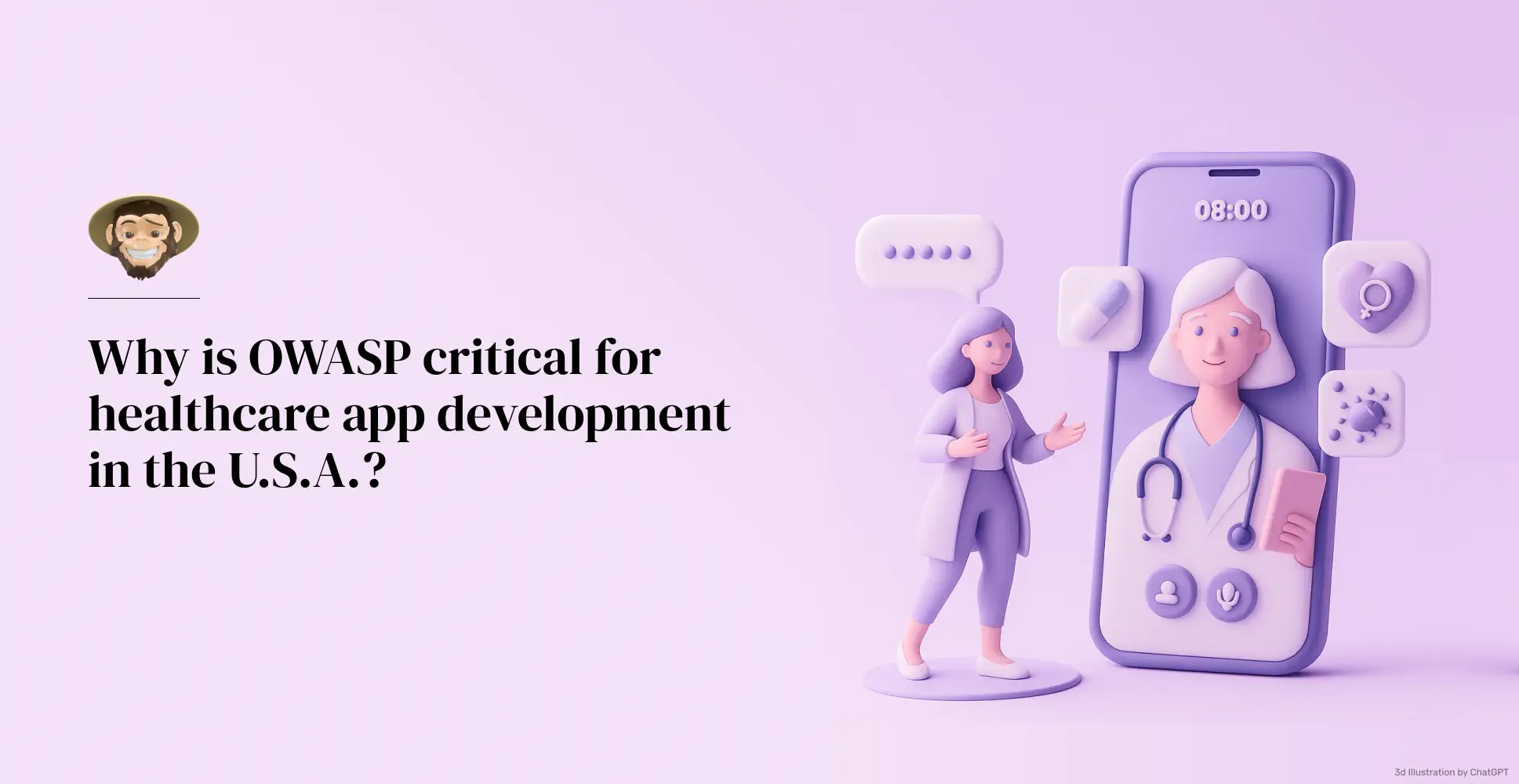
Why is OWASP critical for healthcare app development in the U.S.A.?
OWASP is not just a theoretical resource; it provides a practical, actionable toolkit that outlines secure coding guidelines, penetration testing methodologies, and open-source tools like OWASP ZAP, all of which can be directly applied to real-world healthcare apps. For U.S.-based healthcare mobile apps and software platforms, following these guidelines is critical for:
- Ensuring End-to-End data protection: Following OWASP principles helps app developers implement highly robust encryption mechanisms to protect health information both in transit (TLS/SSL) and at rest, minimizing the risk of data exposure.
- Implementing Role-Based Access Control (RBAC): OWASP promotes implementing proper access control strategies to ensure that only authorized users can view or modify sensitive data.
- Securing telemedicine communication: OWASP supports the implementation of secure video APIs and streaming protocols, which are critical for telemedicine apps that rely on real-time patient-provider communication.
- Token-based authentication and session management: OWASP principles support encryption and authentication techniques such as OAuth 2.0, refresh tokens, and secure session timeouts to help prevent unauthorized access.
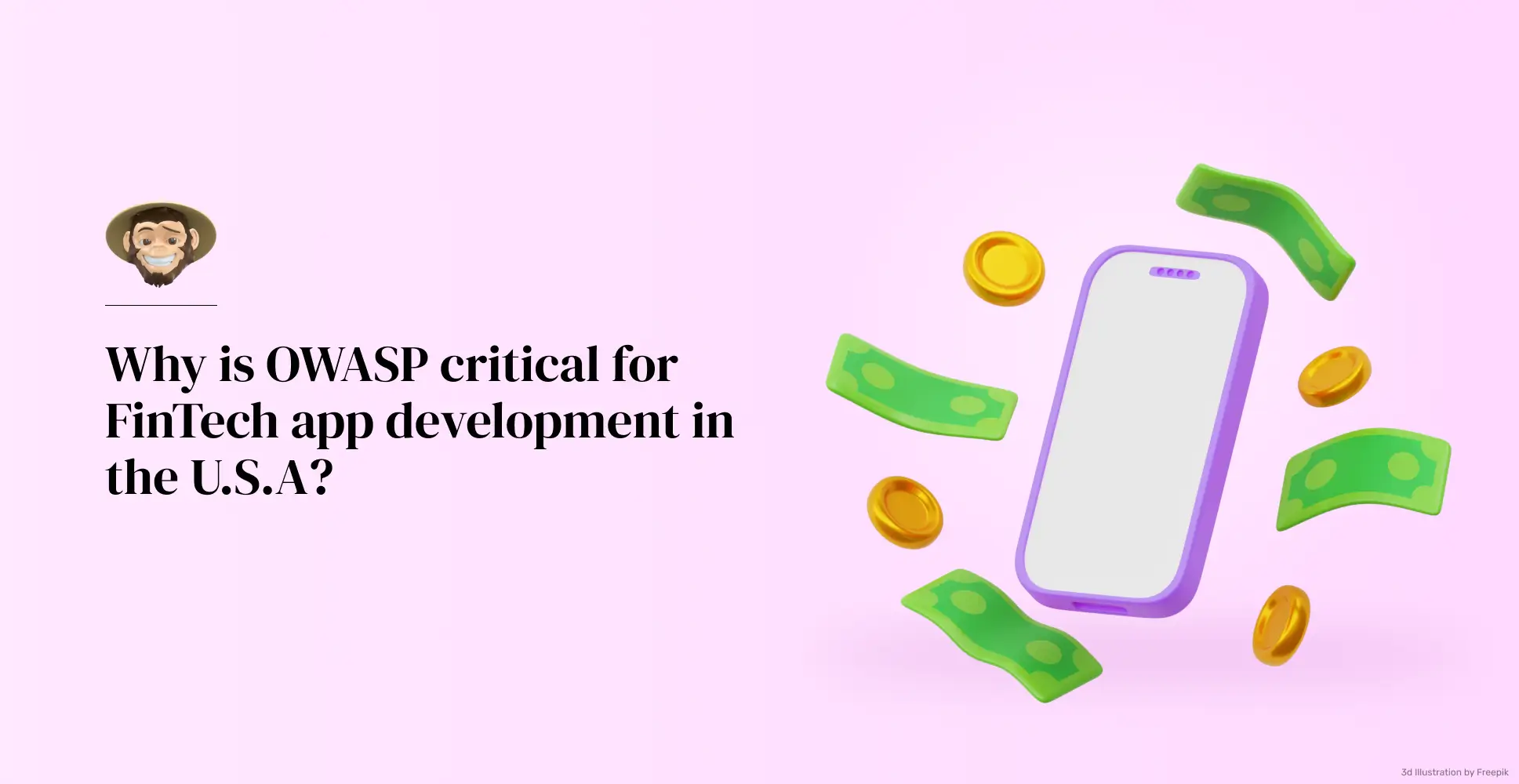
Why is OWASP critical for FinTech app development in the U.S.A?
For U.S.A.-based FinTech startups and app development companies, security is a business imperative. Threats like cyber fraud, data breaches, and API attacks are on the rise while the U.S. regulatory landscape gets more stringent. The OWASP becomes indispensable because all the personally identifiable information, financial records, and payment credentials that FinTech mobile apps handle must be protected, and U.S. regulators expect these apps to meet the highest cybersecurity standards. Here’s why the OWASP is critical for FinTech app development in the United States.
- Meet U.S. compliance standards: OWASP offers a clear, actionable roadmap for reducing the most common risks in FinTech mobile apps, supporting compliance with major U.S. regulatory and security frameworks.
- Supports secure API development and third-party Integrations: FinTech apps often rely heavily on third-party services like payment gateways, identity verification APIs, or banking platforms via open banking APIs. OWASP provides best practices for API security.
- Future-proof mobile apps against evolving threats: OWASP’s adaptability ensures that it continuously evolves to reflect emerging risks, making it a reliable foundation for secure FinTech mobile apps that need to adapt quickly to new compliance requirements or cyber threat landscapes.
- Forming the basis for secure DevOps (DevSecOps): OWASP principles can be integrated directly into CI/CD pipelines to spot vulnerabilities at every stage of the coding and development processes, ensuring a secure development lifecycle without slowing down innovation.
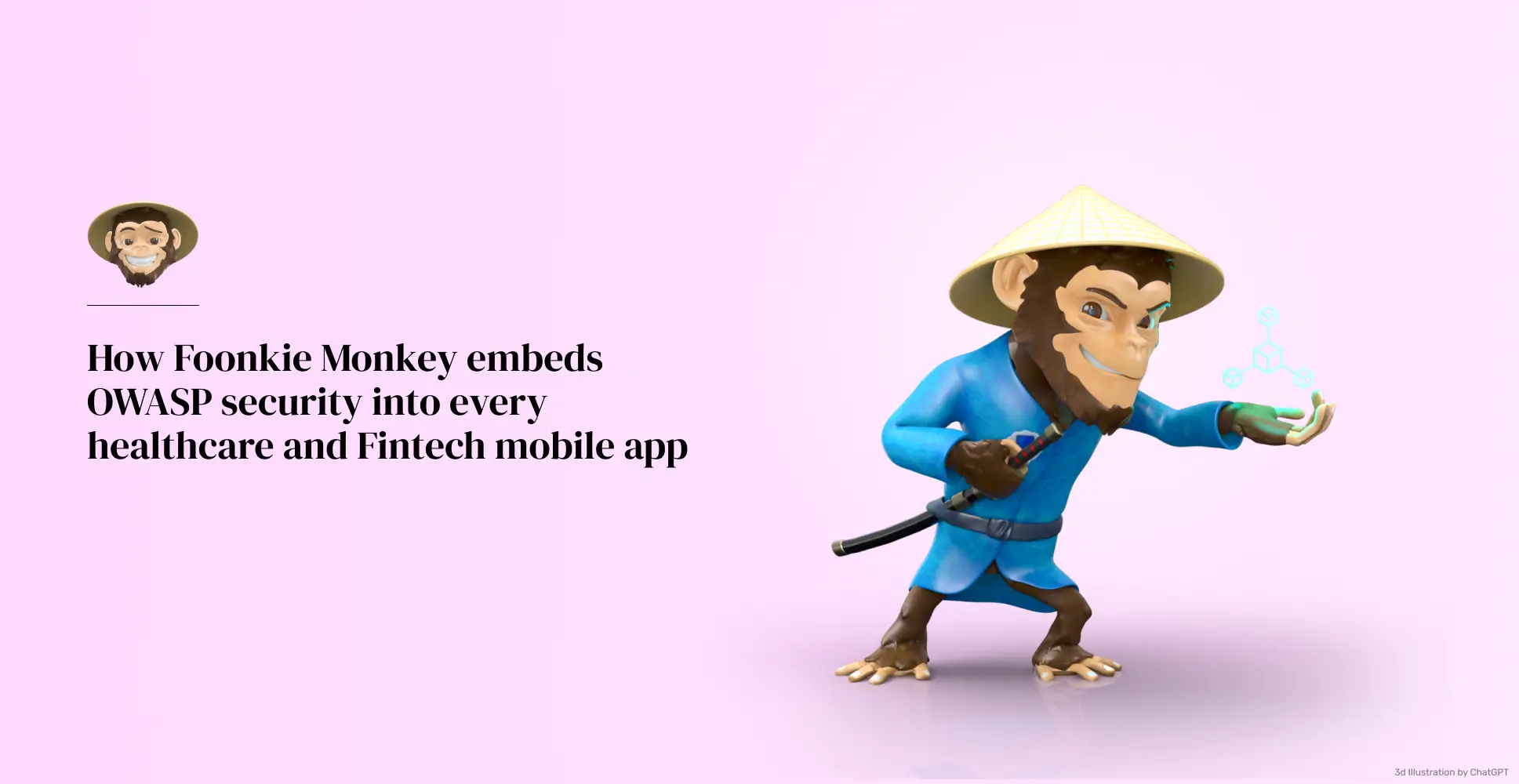
How Foonkie Monkey embeds OWASP security into every healthcare and Fintech mobile app
At Foonkie Monkey, we take security very seriously. We implement a security-first development culture that aligns closely with the OWASP framework, proactively protecting our clients’ digital products. This approach is critical in high-stakes industries like healthcare, where U.S.A regulations demand robust safeguards. Here’s how we systematically implement OWASP standards throughout our development lifecycles, reassuring our clients of our adherence to industry best practices:
- Secure architecture by design: We leverage the OWASP Application Security Verification Standard (ASVS) to architect our mobile app infrastructures and use it as a baseline to ensure compliance with U.S. standards. This guideline helps us build scalable systems that are secure by default.
- Secure coding and development practices: At Foonkie Monkey, we make sure that every feature, function, and integration we build follows OWASP’s secure coding best practices, ensuring that applications are resilient against both known and emerging threats. We embed security into the entire software development lifecycle rather than patching vulnerabilities after they’re discovered.
- Testing and penetration analysis: We know that all mobile apps must be thoroughly tested to validate their resilience against real-world attacks. For this reason, we combine automated testing practices with expert-led manual testing to target both known risks and emerging threats that automated tools may not yet detect. We also leverage OWASP-aligned testing methodologies and expert analysis to ensure that every FinTech and healthcare mobile app we release is battle-tested against cyber threats.
- Continuous security education: At Foonkie Monkey, we believe that threats evolve alongside technology. Staying ahead of these threats, especially in the FinTech and healthcare app development arenas, requires constant learning. For this reason, our developers, designers, and engineers participate in ongoing, OWASP-aligned training programs designed to keep them sharp, adaptable, and prepared for the latest cyber challenges.
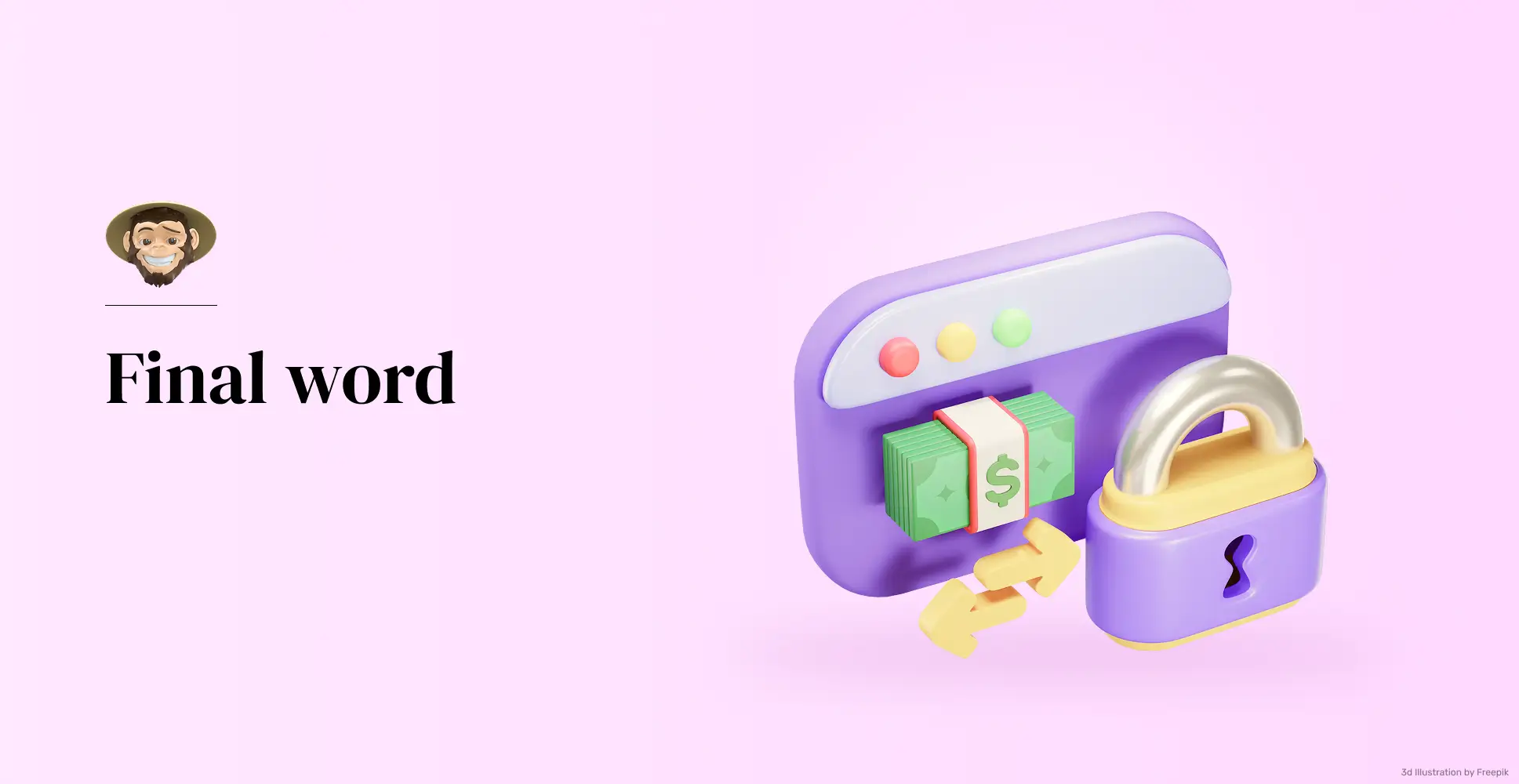
Final word
There’s no denying that cyber threats are evolving faster than ever. For FinTech and healthcare mobile app developers, this means adhering to robust guidelines like OWASP’s security principles is no longer optional; it’s mission-critical. U.S.-based startups and mobile app developers that leverage OWASP get access to a comprehensive framework, industry-aligned best practices, and practical testing methodologies needed to safeguard sensitive financial data, protect patient health records, and maintain compliance with stringent U.S. regulations like HIPAA, SOC 2, and PCI DSS. Moreover, by integrating OWASP into every stage of the mobile app development lifecycle, we can deliver applications that are trusted by users, which is crucial in finance and healthcare, where trust is everything.
If you’re building or scaling a FinTech or Healthcare mobile app in the U.S. and need expert guidance on applying OWASP best practices to ensure top-tier security, compliance, and user trust, let’s talk!
